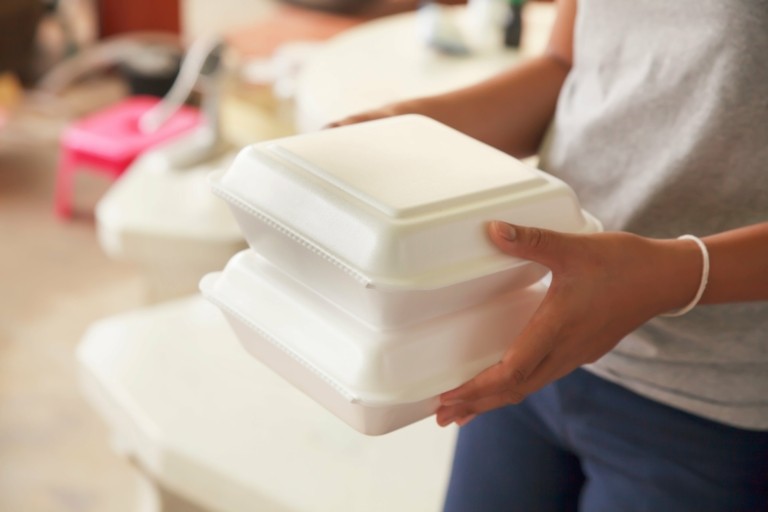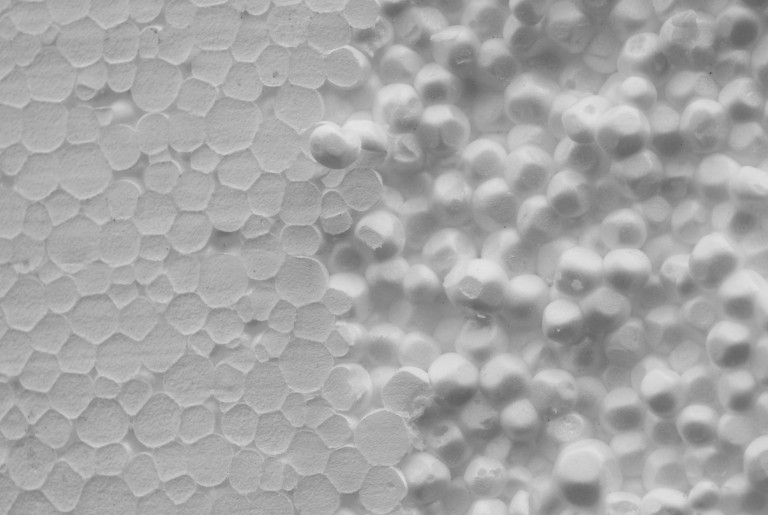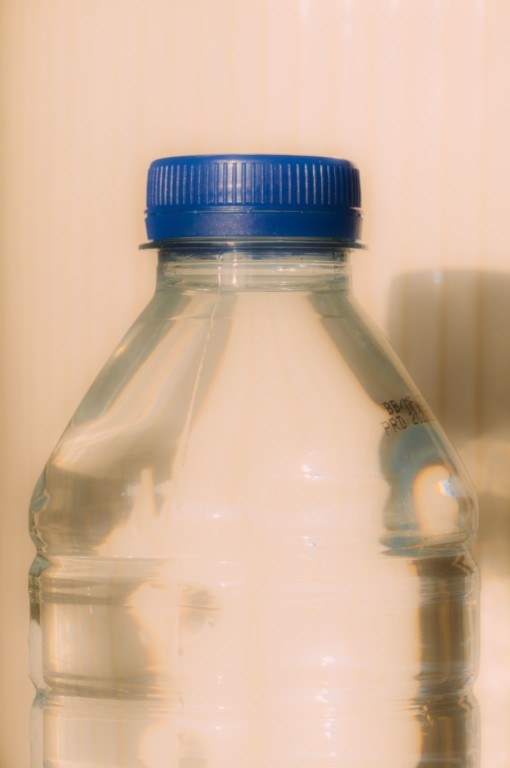
PLA is a slow biodegradable plastic and biocompatible thermoplastic which can be
produced by fermentation from renewable resources. It can also be synthesized either by condensation
polymerization of lactic acid or by ring opening polymerization of lactide in the presence of a catalyst.
The manufacture of PLA from lactic acid was pioneered by Carothers in 1932.Ecological studies on the abundance of PLA-degrading microorganisms in different environments have confirmed that PLA-degraders are not widely distributed, and thus it is less susceptible to microbial
attack compared to other microbial and synthetic aliphatic polymers.
The degradation of PLA in soil is slow and that takes a long time for degradation to start.
Microbial degradation of PLA using Amycolatopsis sp. was first reported by Pranamuda et al..
* From Report Found at www.mdpi.com/1422-0067/10/9/3722/pdf
Conclusion of PLA
It is important to understand PLA, while it is a bioresin has many disadvantages in the environment. PLA does have microorganisms that consume it, but it lacks the quantity of microbes found in the natural environment to biodegrade.
Many companies and scientists have found the PLA doesn’t have the ability to compost in the majority of compostable sites found within the United States. That is why many composting companies reject the disposal of PLA in their compost facilities. This combined with the rejection of the USDA for organic compost leaves PLA far behind in a sustainable future for society. PLA does have the ability to be consumed by microbes in anaerobic environments, it also has the ability to be broken down in landfills which are the natural disposal method of consumer based plastic products.
Landfills have the ability to capture 60-90% of the methane that is produced and create power to heat our homes, of the 60-90% based on EPA reports less than 5% of the methane is released into the environment after treatment of this method. Currently 594 Landfills in the United States capture methane gas and convert it to energy. Less than 5 compost facilities have the ability to compost PLA products in the United States.
For more information on enhancing the biodegradation of plastic, Contact BioSphere Plastic.



